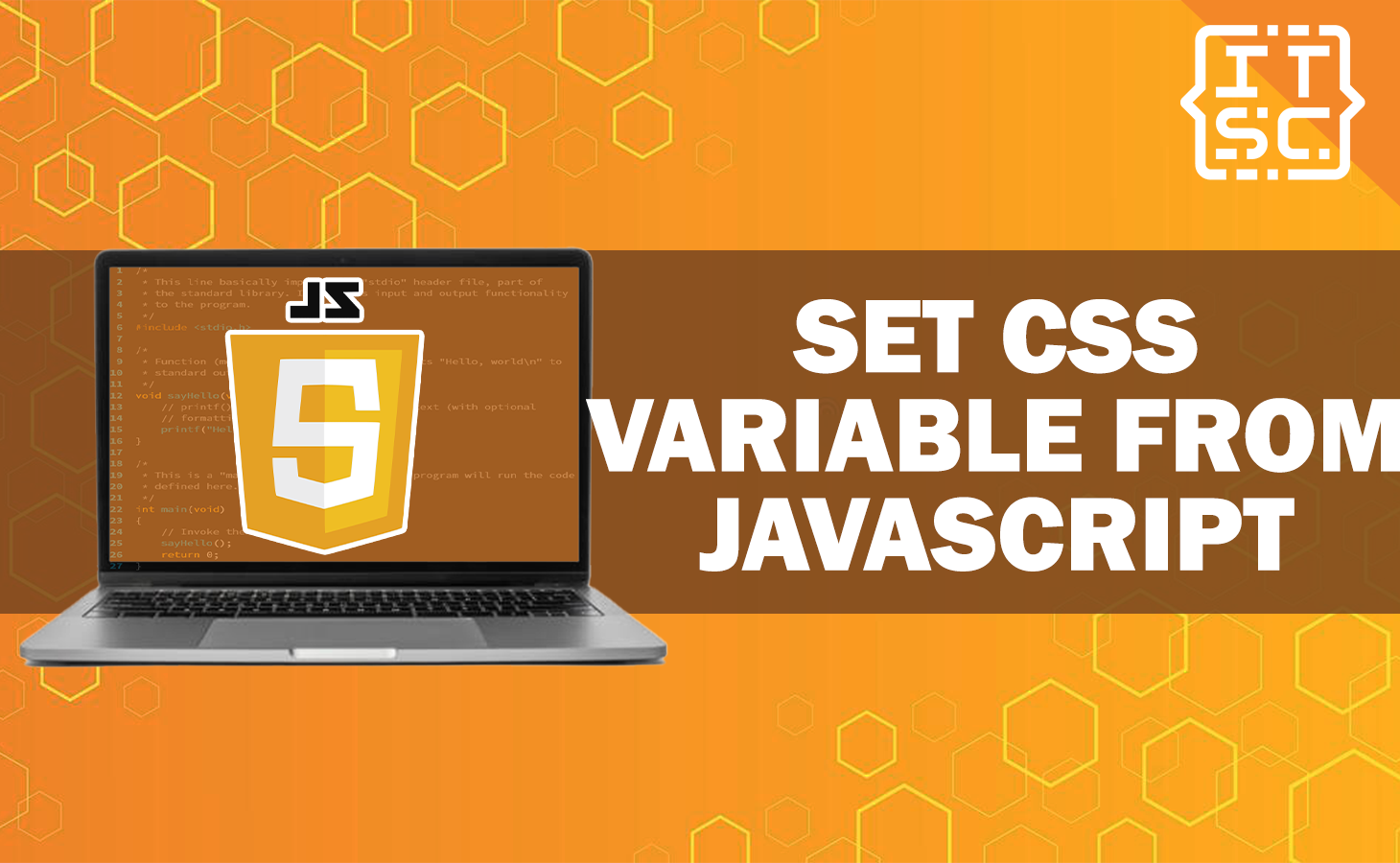One of the method that plays an important role in obtaining this action using JavaScript set CSS variable.
This method allows developers to change CSS properties on-the-fly, providing more flexible and interactive web designs.
What are CSS Variables?
CSS variables, formally known as Custom Properties, are like containers that keep values for reuse throughout a stylesheet.
They allow developers to define values once and then reuse them across different elements, providing greater flexibility and maintainability in your styles.
Utilizing JavaScript to Set CSS Variables
Integrating JavaScript with CSS variables provides a dynamic boundary to your web design.
By performing these variables through JavaScript, you can create responsive designs, implement theme-switching functionalities, and obtain real-time updates without requiring a whole page reload.
Syntax for Setting CSS Variables
To set a CSS variable using JavaScript, the basic syntax is follows:
element.style.setProperty('--variable-name', 'new-value');
Here, element specify to the HTML element you want to target, –variable-name is the name of the CSS variable you wish to change, and ‘new-value‘ represents the updated value you want to assign to the variable.
Implementing JavaScript Set CSS Variable
Dynamic Color Scheme Switching
One of the engaging use case for the set CSS variable in JavaScript method is creating dynamic color scheme switching.
Imagine a website providing both light and dark themes. Instead of manually updating each individual element’s color, you can set up CSS variables for colors and switch them smoothly using JavaScript.
Here’s an example code:
const value = document.documentElement;
const toggleButtonSample = document.querySelector('#theme-toggle');
toggleButtonSample.addEventListener('click', () => {
value.style.setProperty('--background-color', 'green');
value.style.setProperty('--text-color', 'blue');
});
Responsive Design Adaptation
Organize responsive designs becomes more effective with the use of CSS variables and JavaScript.
By modifying these variables based on screen size, you can assure that your website adapts easily to different devices.
Here’s an example code:
window.addEventListener('resize', () => {
if (window.innerWidth < 768) {
value.style.setProperty('--font-size', '20px');
} else {
value.style.setProperty('--font-size', '15px');
}
});
Setting CSS Variable in JavaScript
Setting a CSS variable from JavaScript requires a simple process. Follow these steps to master the method:
- Accessing Elements
- Use JavaScript to target the proper HTML element that consists of the CSS variable.
- Defining Variables
- Using the style.setProperty() method to define the variable and its value.
- Updating Values
- Dynamically update the value whenever it is required, triggering style changes.
Let’s demonstrate this actions with a practical example. Assume that you have a button element with a background color defined as a CSS variable, –button-bg-color.
Here’s how you can set and update it using JavaScript:
const buttonElementSample = document.querySelector('.button');
buttonElementSample.style.setProperty('--button-bg-color', 'green');
buttonElementSample.addEventListener('click', () => {
buttonElementSample.style.setProperty('--button-bg-color', 'white');
});Advanced Methods for JavaScript Set CSS Variable
Cross-Element Communication
Suppose, you have multiple elements that require to share the same value, but changing it for one should not affect the others.
This is where CSS variables show. By setting variables at various levels of the DOM hierarchy, you can obtain loss control.
Animating with CSS Variables
Animating elements using CSS variables and JavaScript opens doors for fascinating user experiences.
You can smoothly transition between values, creating visually engaging animations without the require for complicated CSS keyframes.
Rea Applications of CSS Variables and JavaScript Integration
The integration of CSS variables and JavaScript opens the door to countless creative possibilities.
Here are a few real applications that demonstrate the power of this technique:
- Interactive Forms
- Dynamic Navigation Menus
- Theme Switching
FAQs
While most modern browsers support CSS variables, some older versions may not. However, an exquisite deterioration methods can be applied for compatibility.
Yes, CSS variables follow the standard inheritance rules. If a variable is not determine on a specific element, it will inherit the value from its parent element.
Precisely! Media queries can be used to adapt CSS variable values based on the user’s device or screen size.
Yes, CSS variables can keep numeric values, making them suitable for different calculations in your stylesheets.
Conclusion
JavaScript’s ability to set CSS variables allow developers to create more interactive and adaptable web designs.
By using this method, you can achieve dynamic color schemes, responsive layouts, and captivating animations.

